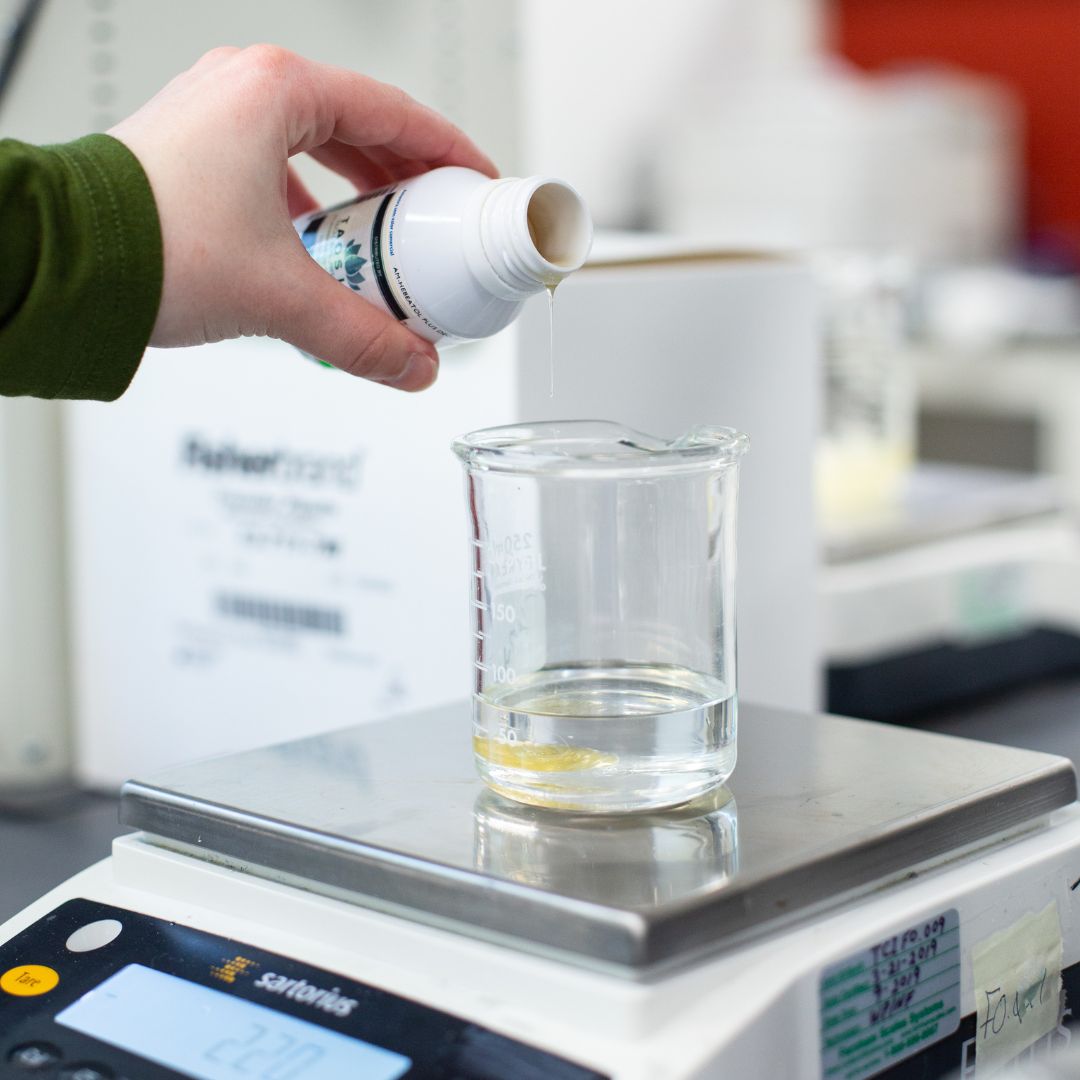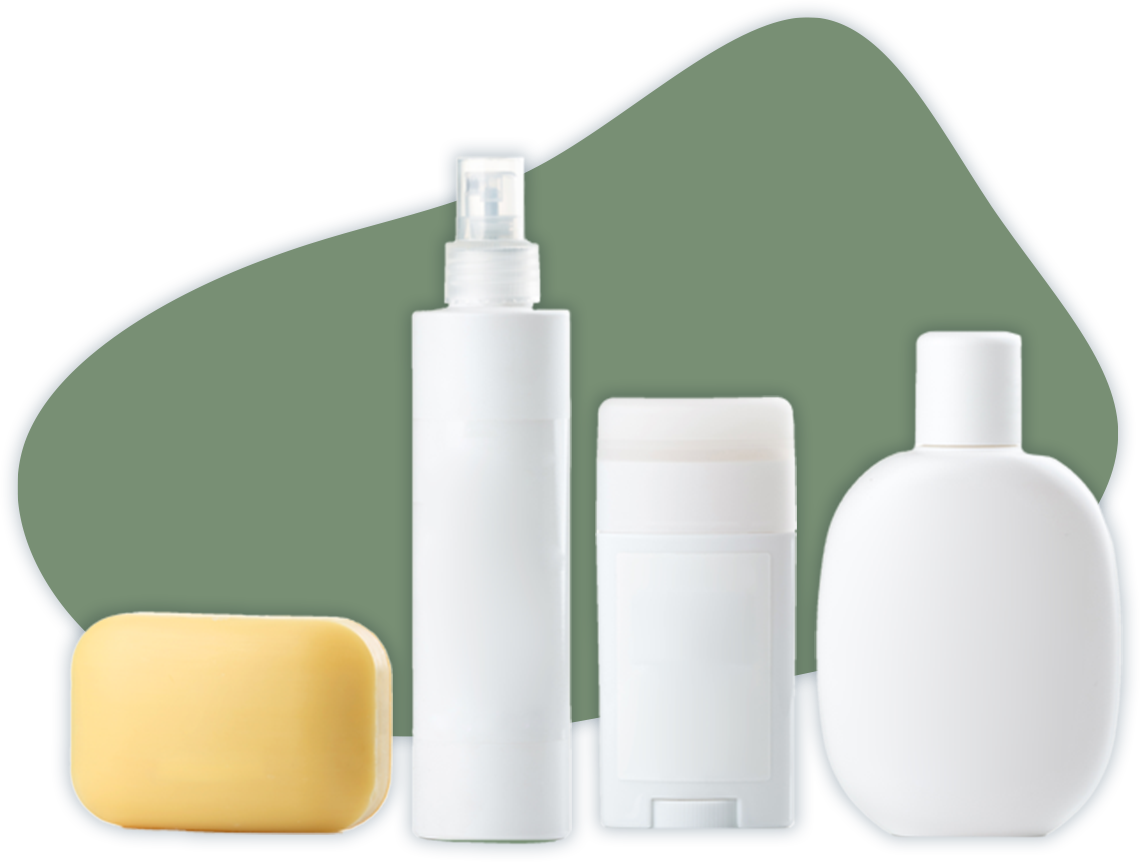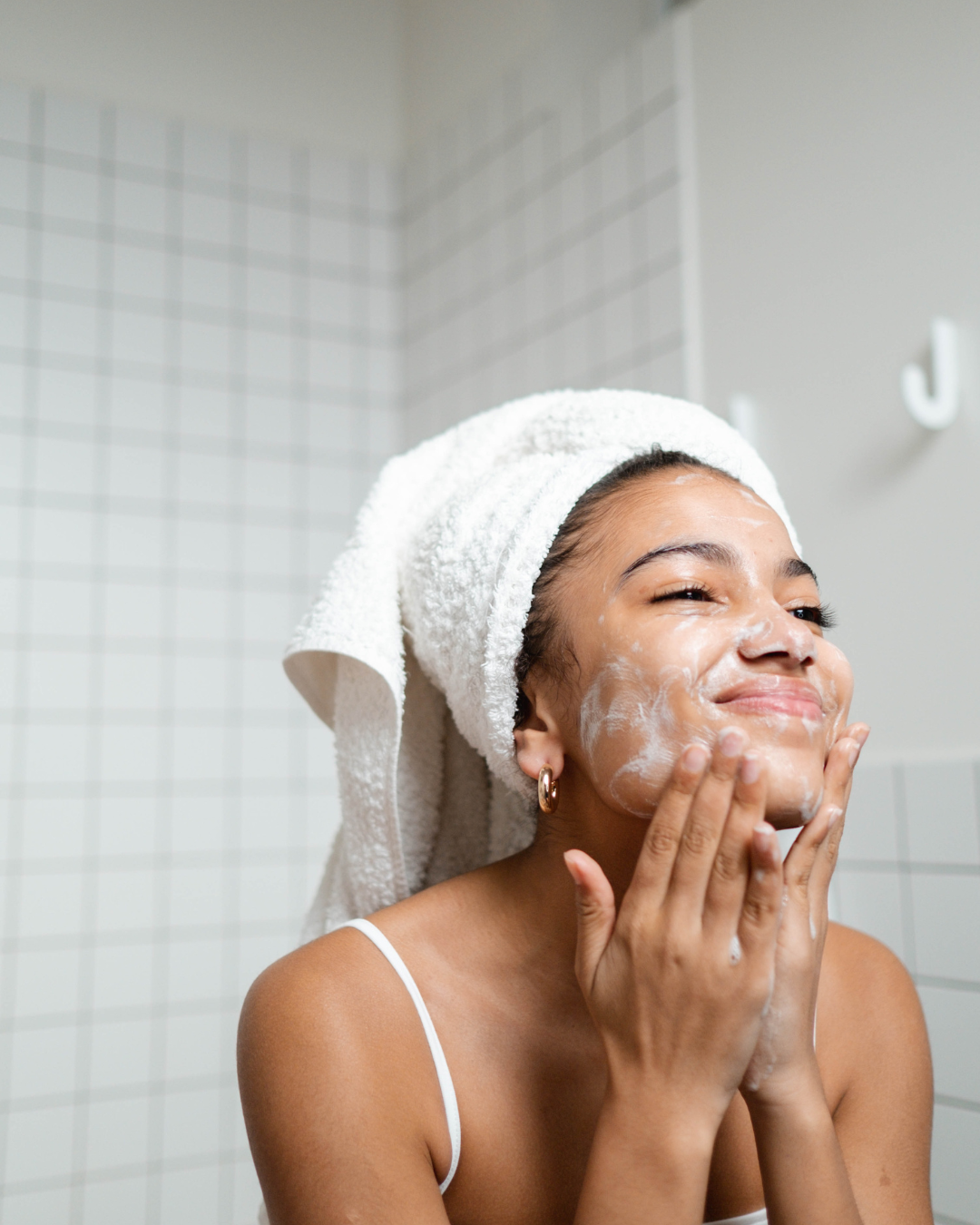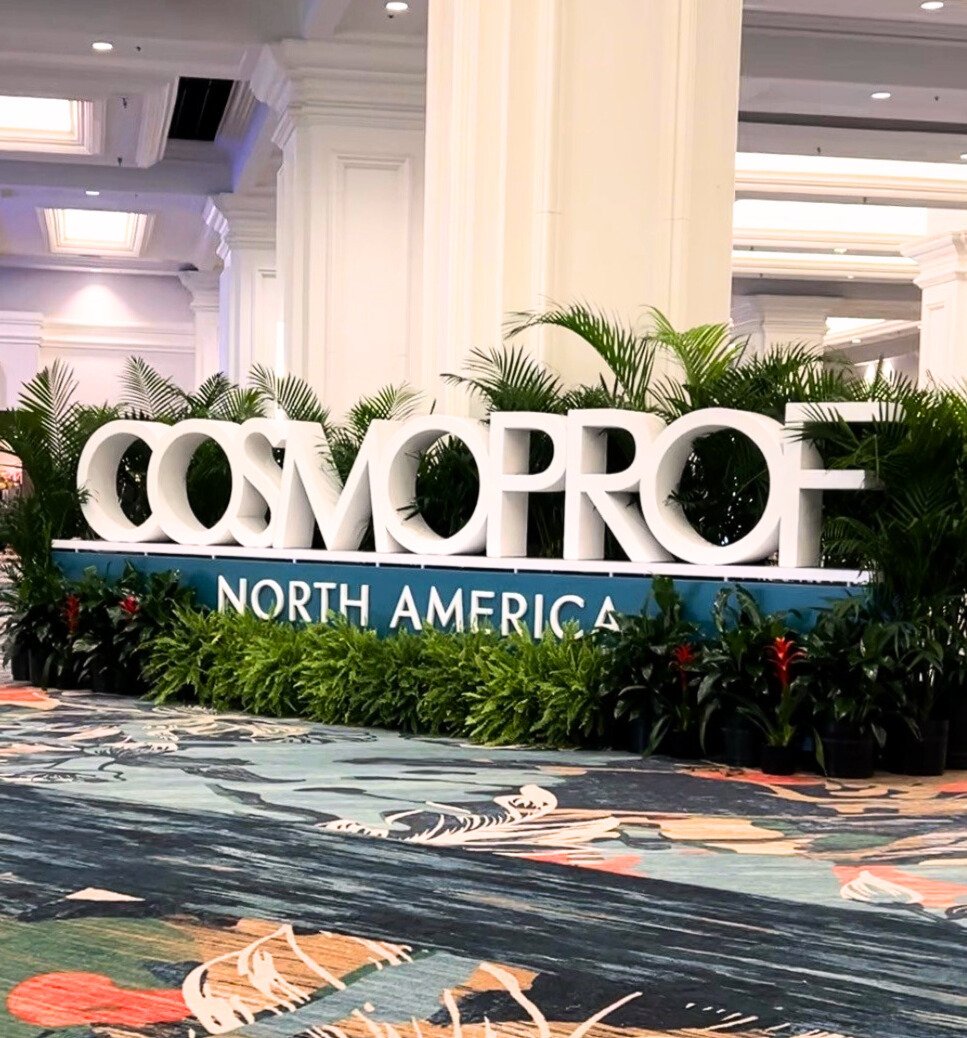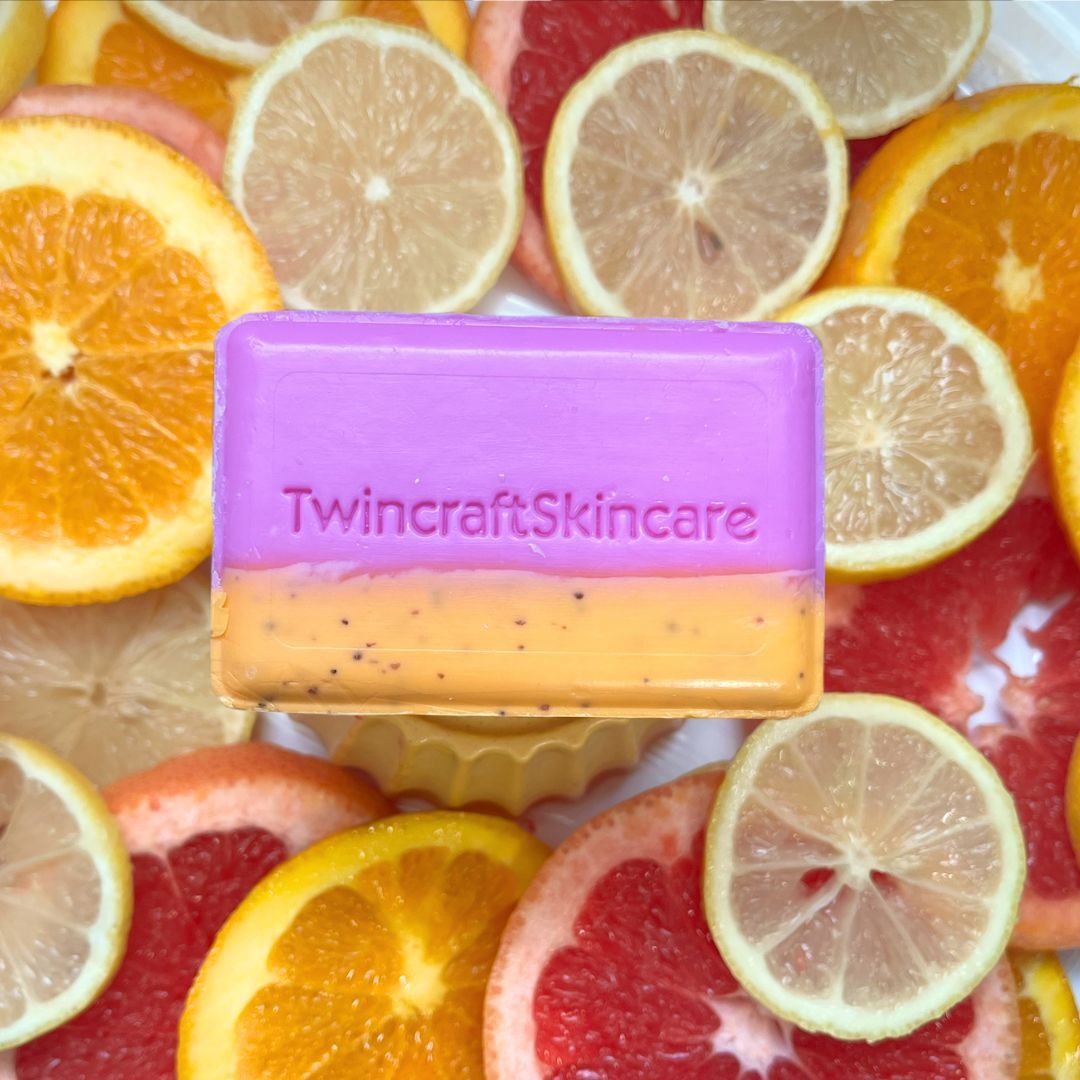Last October, we wrote extensively about the OTC product development process. We identified the steps in the process, defined the terminology and jargon, and built a Roadmap Infographic to illustrate the long and winding road of an OTC development. Today we’ll take it one step further by adding the incremental steps required when developing an SPF product.
Largely, the process itself is unchanged and all nine of the milestones still need to be achieved before the product can be launched. But two of the stages, Monograph and Formulation Stage, and Piloting Stage have added requirements before the project can successfully pass through the gate signaling completion of the stage.
Monograph and Formulation Stage: When developing an SPF, the active raw materials must first be identified. Are they mineral or chemical? Once established, the SPF Factor is targeted. For this example, let’s assume we’re working with an SPF 30 target. Formulation work is conducted, and an aesthetic is approved containing a theoretical SPF value calculated using tools available from raw materials suppliers. Before method validation or formal stability or active testing occurs, we need to test and pass a Limited Panelist SPF Claims Test. These tests typically take several weeks, and the result must yield the target SPF value or it must be repeated. Water Resistance Testing can also be done at this stage, in parallel to the SPF Claims Testing, but at additional cost. This test is only required if making water-resistance claims. Finally, Broad Spectrum Claims Testing can also be conducted at this point, if making broad spectrum claims on package. This test is called the Critical Wavelength Test. This adds both time and expense.
- Water-Resistance Testing compares the SPF for a sunscreen (chemical) or sunblock (mineral) after a period of immersion in water.
- Broad Spectrum Testing measures a sun protection product’s transmittance or absorbance of ultraviolet radiation across UVA and UVB spectrum.
- Generally speaking, UVA has a longer wavelength and is associated with aging.
- Generally speaking, UVB has a shorter wavelength and is associated with burning.
- Below is a table of non-exhaustive test options and their current approximate costs, which are subject to change and are provided directionally:
|
Test |
Appx. Cost |
|
Static SPF 30 3-Panel |
$1,200 |
|
Static SPF 30 10-Panel |
$3,750 |
|
Static SPF 30 3-Panel w/80-Minute Water Resistance |
$3,125 |
|
Static SPF 30 10-Panel w/80-Minute Water Resistance |
$9,825 |
|
Static SPF 50 3-Panel |
$1,750 |
|
Static SPF 50 10-Panel |
$5,350 |
|
Static SPF 50 3-Panel w/80-Minute Water Resistance |
$3,500 |
|
Static SPF 50 10-Panel w/80-Minute Water Resistance |
$11,250 |
|
FDA Critical Wavelength |
$750 |
Prior to beginning any claims testing it is highly recommended that 30-day informal physical stability testing be performed so that there is some assurance that the testing time and cost is warranted. Once all required testing has been successfully completed, this gate can be passed through. The development proceeds from this point as any OTC would, through Method Validation, Stability Testing, Active Testing, until we reach Piloting Stage.
 Piloting Stage: Piloting occurs as with any other OTC product, but the resulting pilot bulk must be subjected to larger-scale SPF Claims Testing before the stage can be considered complete. In this case, a 10-Panel SPF Claims test is required. The testing lab selects sufficient panelists to participate in the test, assuming that one or two may not complete the test. For claims substantiation, 10 passing results must be achieved, which means that the 10-subjects all yielded results equal to or greater than the targeted SPF factor. 10-Panel testing usually takes several weeks and is necessary for distribution of SPF products in the United States. For European distribution ISO 24444 testing is required, which takes longer and costs more than FDA testing.
Piloting Stage: Piloting occurs as with any other OTC product, but the resulting pilot bulk must be subjected to larger-scale SPF Claims Testing before the stage can be considered complete. In this case, a 10-Panel SPF Claims test is required. The testing lab selects sufficient panelists to participate in the test, assuming that one or two may not complete the test. For claims substantiation, 10 passing results must be achieved, which means that the 10-subjects all yielded results equal to or greater than the targeted SPF factor. 10-Panel testing usually takes several weeks and is necessary for distribution of SPF products in the United States. For European distribution ISO 24444 testing is required, which takes longer and costs more than FDA testing.
Once the Piloting Stage has been completed, the Performance Qualification and Cleaning Validation Stages can begin successively. The finished good must still be registered with FDA as with any OTC product, and all Annual Stability and Actives Testing must also continue.
If your SPF development is a Tech-Transfer from a 3rd Party independent lab, or one that is currently manufactured at another contract manufacturer, there may some limited savings in both time and expense because there might be a few areas in the development that are redundant or unnecessary. These opportunities for saving time or money are evaluated on a case-by-case basis based upon the information that is transferred within the dossier. At a minimum to even consider an OTC a “Tech-Transfer”, let alone an SPF, the Tech-Transfer dossier must include the following or the project would be considered custom formulation, otherwise known as starting over:
- A full qualitative and quantitative ingredient list.
- Includes raw material trade names.
- Includes raw material supplier names.
- A full set of Factory Making Instructions (FMI).
- For Method Validation, to avoid revalidation costs, the Lab Name, Method Number, and Method Validation Report.
- Any and all Stability Testing Reports and/or Data.
- A full equipment list to look for PQ bridging opportunities, however unlikely.
- Any SPF Testing results available.
- Packaging Information:
- Specifications for Lid, Cap, Component, including composition and sizes.
- Compatibility Testing results are “nice to have”.
SPF developments take considerable time and resources from end-to-end and are even more complex than a typical OTC. The process can be confusing, daunting, and requires tremendous collaboration between brand and manufacturer. Let us know how Twincraft can help you better understand the process in general or the specifics related to your development.

